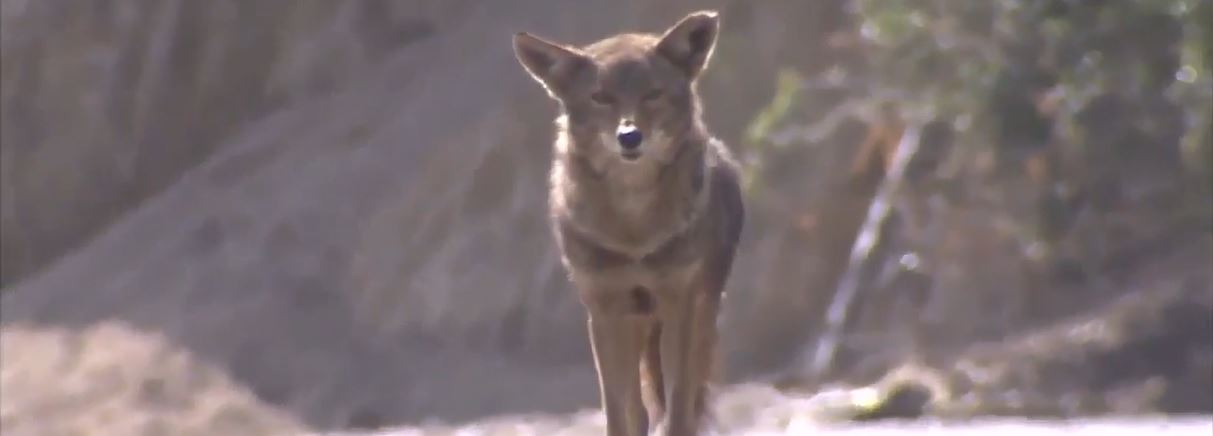About Coyote: Appearance, biology, life cycle, habitat, diet, behavior

Coyotes are a close relative of the gray wolves and generally look like a smaller version of the wolves.
Appearance
A coyote will grow to a shoulder length of 32-37 centimeters in height. Males are generally larger than females and will weigh a between 9-23 kilograms, while the females will weigh to a weight of 18 kilograms. They will have a narrow nose, a lean looking body, a bushy tail and thick fur.
Biology and life cycle
For a female to mate with a male, they are usually in partnership for up to 3 months before copulation. When she is ready (entering estrus), she lets males know by howling and by use of pheromones designed to alert the males. However, once she chooses a mate and copulates, the other males move on to other females which may be exhibiting estrus.
• The most notable things about it is that coyotes are monogamous and do not change mates for the rest of their lives.
• A female that may be unable to mate steps in as a ‘nurse’ for her other sisters who are lucky to have babies.
• The gestation period will last up to 63 days and when the litter is born they are up to 12 young. And both parents take care of the pups. With the mother staying with the young ones and the male partner going to get her food.
A coyote will live for a period of 10-14 years.
Habitat
Coyotes will generally be found in a variety of habitats. Ranging from mountains, forests, arid areas, and most recently and notably in human habitats. This is because they will be found where there is food availability.
Diet
While for a long time they were thought to be carnivorous, it turned out that they are omnivorous and will eat meats and vegetation. Snakes, amphibians, grasses and some fruits are some of the few things they like to eat. They will also enjoy larger prey like rabbits, birds and other similar sized animals.
Habits
Males leave their mothers den between the ages of 6-9 months while females stay with their mother for the rest of their lives. A ‘couple will stay together for the rest of their lives’. Over the years they have become very common in urban areas, meaning they like to live near human settlements.
WILDLIFE CONTROL: We specialize in wildlife control projects. Call us now for wildlife control in your city or town.
Go back to the Pest Animal Home Page page to learn more about About Coyote: Appearance, biology, life cycle, habitat, diet, behavior
To find out our prices for wildlife control, visit our wildlife removal prices page.


